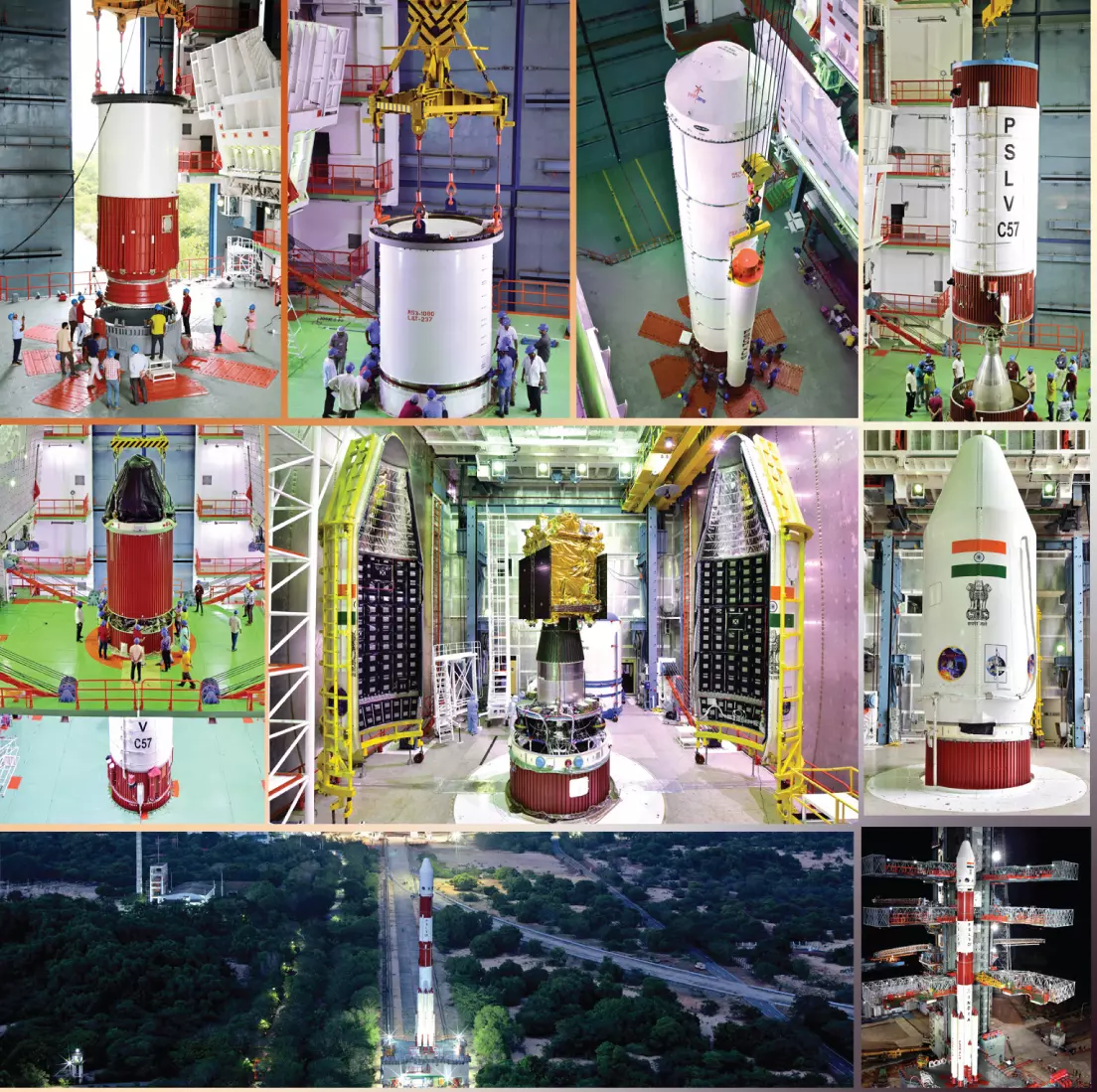
10 things to know about Aditya L1 Solar mission that takes off on Sept 2
The spacecraft was developed by ISRO in conjunction with various other research institutes

ISRO, the Indian Space Research Organisation, recently unveiled its upcoming project — the Aditya-L1 Mission. This groundbreaking solar mission, India's first foray into studying the Sun's dynamics and space weather, is scheduled for launch on Saturday (September 2). Countdown for this monumental launch has begun.
1. ISRO describes the Aditya-L1 mission as India's premier space-based observatory-class solar mission, dedicated to studying the Sun. It will be positioned in a halo orbit around the Sun-Earth system's Lagrangian point (L1).
2. The Aditya-L1 mission will require approximately 109 Earth days from its launch to reach the halo orbit situated around the L1 point. This specific orbit is located approximately 1,500,000 kilometers (930,000 miles) away from Earth.
3. Aditya L1 will be equipped with seven payloads dedicated to observing the Sun's photosphere, chromosphere, and its outermost layers.
4. The PSLV-C57 rocket is set to launch the Aditya-L1 mission on September 2nd at 11:50 am. Four of the onboard payloads will focus on observing solar light, while the remaining three will measure in-situ parameters related to plasma and magnetic fields.
5. Aditya L1's primary payload, the Visible Emission Line Coronagraph (VELC), will transmit 1,440 images daily to the ground station for analysis upon reaching its designated orbit. VELC, considered the largest and most technically intricate payload on Aditya-L1, underwent integration, testing, and calibration at the Indian Institute of Astrophysics's CREST campus in Hoskote.
6. During the upcoming launch of India's inaugural solar mission, Aditya L1, aboard the dependable PSLV from Sriharikota on Saturday, the crucial liquid propulsion systems created by the - Liquid Propulsion Systems Centre, an ISRO division, will assume a vital role in propelling the mission during its journey towards the Sun.
7. Aditya-L1 features a soft X-ray spectrometer as part of its payload. This instrument is designed to measure the soft X-ray flux from the Sun, helping the study of solar flares.
8. The Solar Ultra-Violet Imaging Telescope (SUIT) payload on Aditya-L1 is responsible for capturing images of the Solar Photosphere and Chromosphere in the near Ultraviolet (UV) spectrum.
9. The solar observatory will also provide a detailed analysis of magnetic field topology and magnetic field measurements within the solar corona (outermost part of the Sun's atmosphere).
10. In addition to the Aditya-L1 mission, there are five other missions currently engaged in observing the Sun. Among them, Parker Solar Probe is one example. Another important example is the Solar Orbiter of the European Space Agency (ESA) which was launched in 2020.

